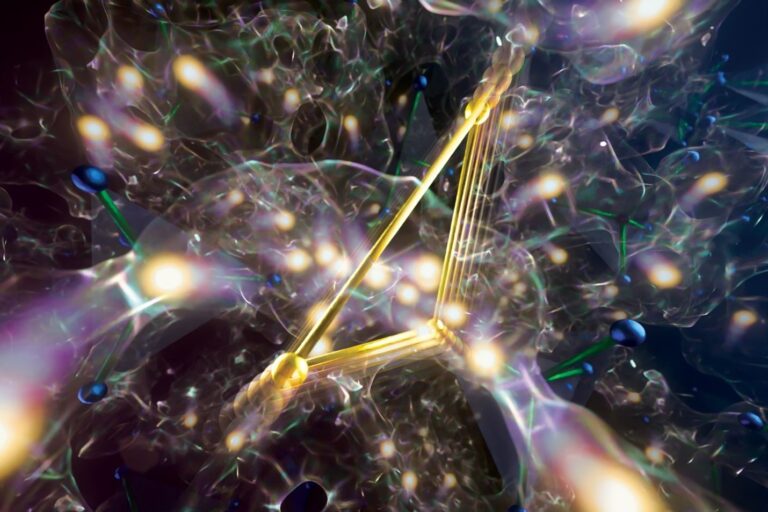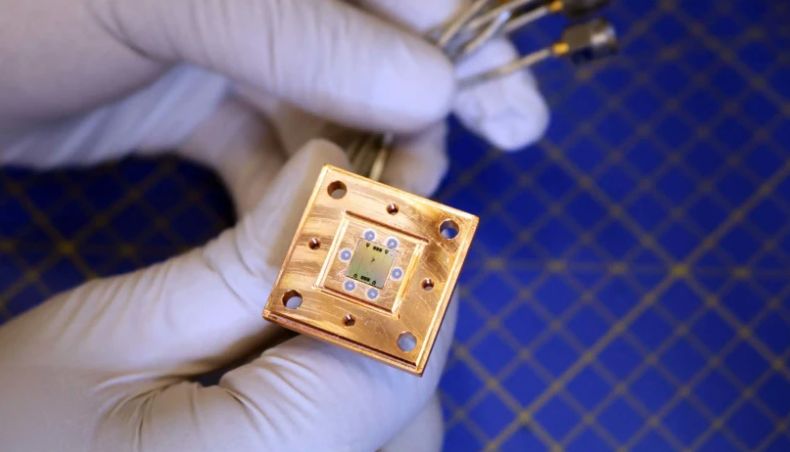
Researchers at Duke University have discovered the intricate molecular details of a material that might just be the key to next-generation rechargeable batteries. It’s called the superionic material. The compound displays both solid and liquid properties.
How? It retains its solid structure, however, the ions within it move as freely as they would in a liquid.
This characteristic makes it a strong candidate for solid-state batteries, which use solid electrolytes instead of flammable liquid ones. Researchers are still unable to figure out how ions are able to move so rapidly within these solid materials.
A New Perspective on Superionic Conductivity
However, a recent study has revealed that in a superionic compound (Li₆PS₅Cl), ion movement is associated to liquid like dynamics. In simple words, the material acts like a liquid, and so it can vibrate in many ways, instead of behaving like a solid with just a few vibration options. This allows for the ions to move freely through the material.
Previously, it was thought that ion mobility was due to lattice phonons but the current discovery proves otherwise.
Lattice phonons are tiny vibrations of atoms in a crystal. They represent how atoms move together in a solid material, similar to how sound waves move through the air. In a stadium when fans start raising and lowering their arms in a coordinated way, a wave-like motion moves through the crowd, likewise, phonons travel through a crystal.
Investigation of Li₆PS₅Cl as a Solid-State Electrolyte
The material was investigated with the help of neutron scattering experiments at Oak Ridge National Laboratory and atomistic computer simulations. And the models were developed using machine learning and the result highlighted the potential of Li₆PS₅Cl as a solid-state electrolyte, which could help design new solid-state batteries.
The study also surfaced that moving ions interact with the vibrations of the surrounding crystal structure; this phenomenon in totality also plays a critical role.
AI and ML to Accelerate Discovery
Researchers envision that designing similar materials could help in developing other tech, such as fuel cells and computer systems (neuromorphic computing hardware) that mimic the way the human brain works. Along with this, artificial intelligence and machine learning tools can be used to help with the research process.
They also added that future research might be targeted to surface new or lesser-known materials that may display similar superionic behavior.
Takeaway
The discovery does look promising, once out of lab, it can surely revolutionize solid-state battery technology, leading to:
- Safer Batteries – Getting rid of flammable liquid electrolytes helps lower the chances of fires.
- Higher Energy Density – Better ion movement could lead to batteries that last longer.
- Faster Charging – Better ionic conductivity can result in faster charging.
- Enhanced Stability – Solid-state batteries might last longer and wear out less over time.
- New Material Designs – Using machine learning and simulations will help create better superionic conductors.
Eventually, these innovations would pave the way for new electric cars, battery storage for the power grid, and portable gadgets that are safer, work better and last longer.



